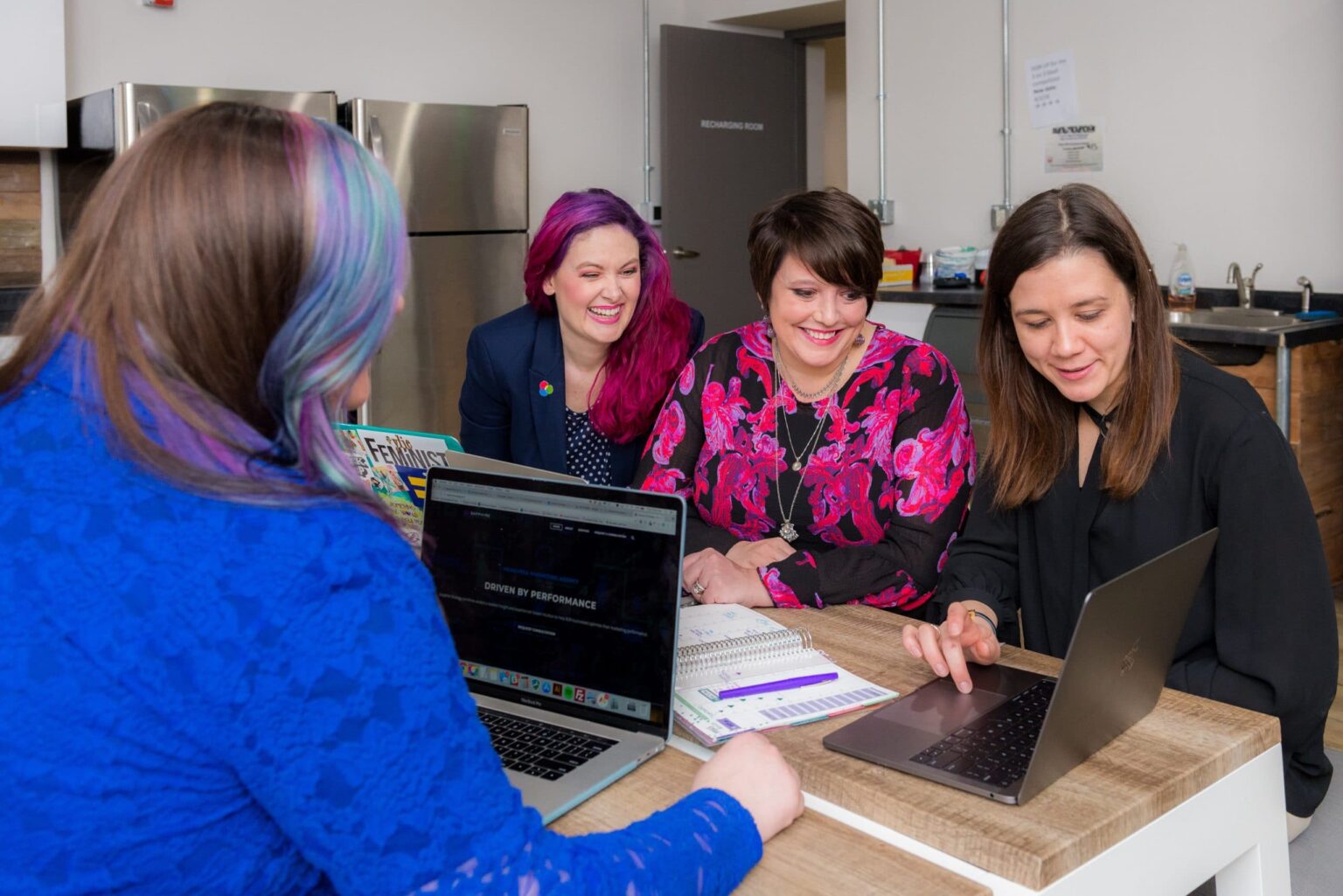Creating world-class CTE programs: Five lessons from Colorado
Last week, I explained why career and technical education will make agile learners America’s future, and that maximizing their potential requires CTE that works well for students, employers, and school systems. In my home state of Colorado, we’ve learned a great deal about how to create such programs and extracted lessons that allow other states to replicate our success. Below, I’ve summarized them into five key points.
- Understand your supply and demand. The Colorado Talent Pipeline Report, produced annually by Colorado’s Workforce Development Council, presents a robust analysis of the state’s current and future education and labor markets. The report offers a host of compelling data that help employers and prospective employees alike understand which jobs are most demanded, and the qualifications needed to get hired.
It’s also important that states understand the benefits of aligning supply and demand. In 2018, Colorado Succeeds, the Common Sense Policy Roundtable, and eighteen industry partners commissioned a study using a sophisticated economic modeling program to quantify the economic benefits of boosting the state’s educational attainment. Among the key findings were that, in a span of ten years, if Colorado students obtained the levels of education needed to compete in today’s economy, the state GDP would grow by more than $12 billion.
Finally, it’s important to understand the employer and general public perspective on the talent gap. That’s why the economic findings were paired with a survey of employers and a poll of voters across the state. We found that voters and business owners agree on most solutions, including providing more access to workplace learning and CTE experiences.
- Create multiple pathways into postsecondary and career. Colorado recognizes that the “four-year degree or bust” mentality isn’t working for many students or businesses. At the same time, all students should be encouraged to pursue ongoing education and lifelong learning so that they are able to advance in the careers of their choosing. The Colorado Workforce Development Council has worked with education and industry partners to develop a program that creates a variety of pathways into postsecondary institutions and careers. It “enables students and job-seekers to secure industry-relevant skills, certifications, and credentials and advance to higher levels of education and employment in high demand occupations.”
Now in its third year, the energy around providing incentives to schools and districts for students earning industry credentials is substantial. These incentives reward districts with up to $1,000 when students earn a credential aligned to a top job. Over 9,000 Colorado students have done so after just two years. Of the credentials earned in the 2017–18 school year, 31 percent were in skilled trades and technical services, 26 percent in STEM and IT, 25 percent in healthcare and criminal justice, and 16 percent in and hospitality, human services, and education. Importantly, this program focuses on developing essential skills.
Students can also participate in Colorado’s Swiss-style apprenticeship program, which allows them to work for an employer and develop a strong grasp of the “four C’s”: critical thinking, communication, collaboration, and creativity. And computer science, one of Colorado’s largest industries, is now accessible statewide thanks to the creation of new academic standards and graduation guidelines in technology. The state is even seeing creative ways to solve the shortage of computer science teachers through programs like mindSpark Learning’s STEMpath, which was recently recognized by the Pathways 2 Tomorrow competition.
- School districts and businesses must come to the table as collaborators. Too often, the relationship between education organizations and industry leaders includes little more than a lengthy meeting, after which both parties go their separate ways. But that doesn’t have to be the case. There are exciting examples of unique partnerships in Colorado between businesses and school districts, for example, and even between urban and rural districts across the state.
In the Peyton school district, an entrepreneurial superintendent has forged close ties with companies that manufacture wood to create a state-of-the-art program that doubles as a training center and sales showroom for the businesses. In the mountain town of Salida, a visionary leader has created a building-trades apprenticeship program alongside local industry. Students have helped construct affordable housing for teachers who otherwise would have been priced out of the area. And a high-tech Denver suburban charter school is partnering with a tiny Eastern Plains district to share its problem-based-learning approach and create virtual internship opportunities for students who live far from any population center.
When we look at national or state education statistics, we cannot point to just one school or one teacher to reimagine education. Supporting talented, lifelong learners is a task that will require systemic change. To affect education—from first grade reading scores to high school graduation rates and beyond—everyone will have to be at the table with fresh ideas and work together to take action. In Colorado, we have seen business leaders, advocacy organizations, school administrators, and elected officials commit to creating the conditions necessary for students to thrive—to help them develop into agile learners ready to adapt to the needs of the future. The same collaborations can and ought to happen elsewhere.
- Reimagine how you define and measure success. In the past few years, Colorado has gone from having several forward-thinking districts providing students with STEM and work-based-learning opportunities to enshrining such opportunities in the state graduation and accountability systems. We believe the energy and excitement around STEM learning only translates into more robust CTE offerings for learners.
In Colorado, students can now earn a high school diploma endorsement in STEM. Much like a magna cum laude designation recognizes a college graduate who has gone above and beyond the standard graduation requirements, the STEM endorsement serves as a mark of distinction for high school students who demonstrate mastery. This provides industry and higher education with a clear and valued signal of students’ STEM knowledge and skills, as well as their ability to further excel in such fields.
To earn an endorsement, a student must complete all graduation requirements at a high level of proficiency; complete a coherent sequence of at least four STEM courses; achieve a minimum score on one of several specified mathematics assessments; and successfully complete a final capstone project that demonstrates a high level of mastery.
Colorado is also in the process of moving from a graduation system based on traditional Carnegie units and seat-time within the walls of a single school to one in which competencies and standards are demonstrated in a flexible amount of time and in various locations, within and outside a school building.
- Empower students to realize their potential. All Colorado high school students work with counselors beginning in ninth grade to develop Individual Career and Academic Plans (ICAPs). The idea is to help students learn how to discover interests, plan intentionally, and build pathways to success for life after high school.
Other statewide initiatives—comprising both private and private-public partnerships—have launched to help students discover their passions and find ways to channel them into careers. One, called Launch My Career, helps students find relevant information about “hot jobs” across Colorado, the cost of an education to get into those careers, and what the return on investment would be in pursuing them over time.
Individual school districts also provide students with connections to the world of work. Denver Public Schools has a robust CareerConnect program, which exposes students to relevant pathways into postsecondary and career. And just north of Denver, the St. Vrain Valley School District Innovation Center offers courses, industry work experience, and research opportunities in STEM and robotics.
In short, Colorado has made substantial progress in pushing CTE forward. But much work remains. In a future post that will conclude my three-part series, I’ll explain where Colorado and the rest of the country should go from here.
This post was originally published on The Thomas B. Fordham Institute Website. Click here for the first story in this 3-part series.

